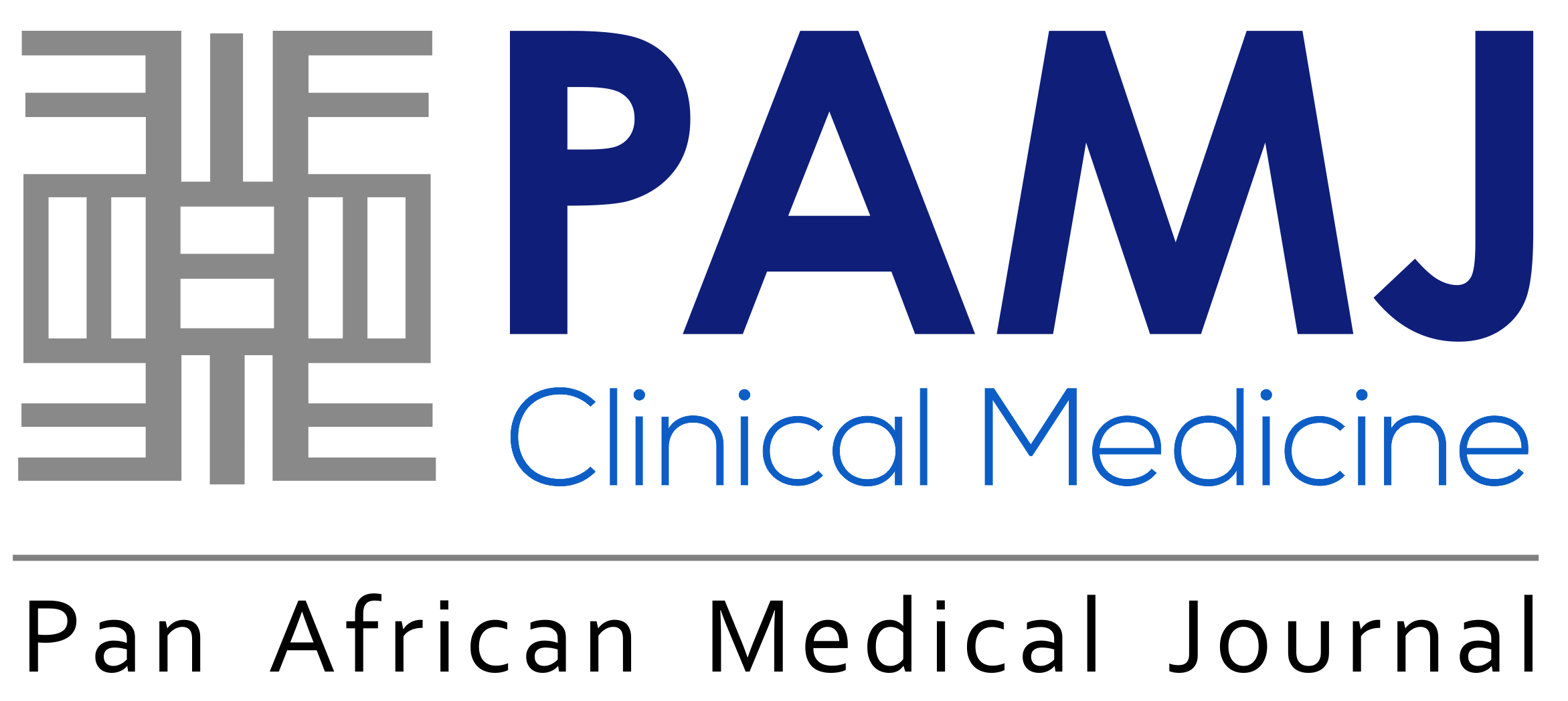Fractured peripheral venous catheter: a rare incident
Najout Hamza, Benali Saad
PAMJ-CM. 2020; 4:93. Published 12 Nov 2020 | doi:10.11604/pamj-cm.2020.4.93.25853

Corresponding author
Najout Hamza, Anesthesia and Critical Care Department, Mohamed V Military Training Hospital, Rabat, Morocco (hamza.najout@gmail.com)
This image
| Articles published in PAMJ-CM are Open Access and distributed under the terms of the Creative Commons Attribution 4.0 International (CC BY 4.0). |  |

eISSN: 2707-2797
The PAMJ Clinical Medicine (ISSN: 2707-2797) is a subsidiary of the Pan African Medical Journal. The contents of this journal is intended exclusively for professionals in the medical, paramedical and public health and other health sectors.
Currently tracked by: DOAJ, AIM, Google Scholar, AJOL, EBSCO, Scopus, Embase, IC, HINARI, Global Health, PubMed Central, PubMed/Medline, ESCI
Physical address: Kenya: 3rd Floor, Park Suite Building, Parkland Road, Nairobi. PoBox 38583-00100, tel: +254 (0)20-520-4356 | Cameroon: Immeuble TechnoPark Essos, Yaounde, PoBox: 10020 Yaounde, tel: +237 (0)24-309-5880





